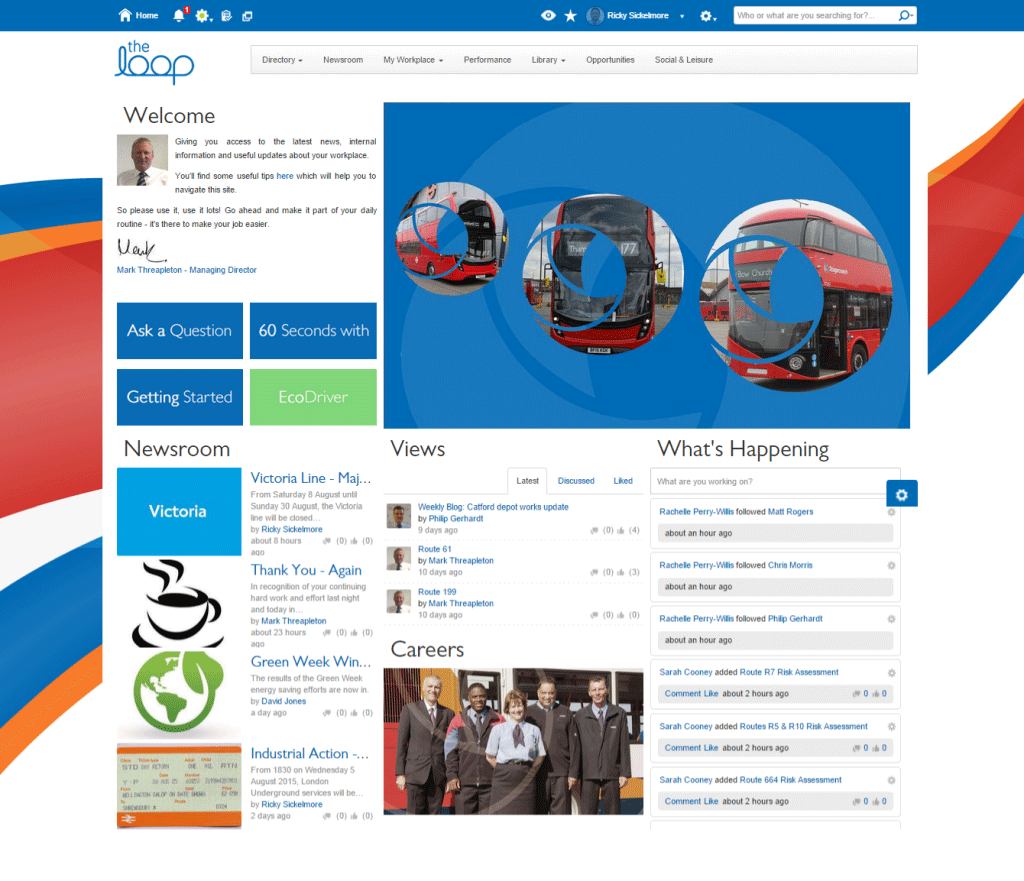Engaging a global workforce: 11 steps to drive effective communications
Late in 2013 Stagecoach Group decided to enter the world of intranets. The primary objective behind this decision was to enable more effective communications within and between the individual businesses that constitute the Group. This was by harnessing the power of the latest communication technology, as part of the Group’s overall digital strategy.
The tough challenge for the successful supplier was how to get this new media to thousands of staff, most of who spend a large part of their working days away from the company’s management influence, and a significant number who have limited knowledge of this type of new media.
After a detailed and diligent search and selection process, Interact was chosen as the preferred supplier. So what next?
1) Taking the intranet on a test drive
The overall plan is that the whole of Stagecoach Group’s 35,000 staff in three different transport sectors, UK bus and rail, and North America, will eventually have access to the intranet. It was decided that Stagecoach London, as a standalone bus division, should be the ‘crash test dummies’; if it worked there, it should work anywhere.
2) Understanding the workforce
London’s workforce is fairly typical within the Group’s passenger transport operations, in that it is predominantly weighted to drivers or customer facing staff who spend the large majority of their time at work away from company premises, presenting a huge communications challenge.
We felt that an intranet would enable us to overcome this challenge and open up a more effective and personal communication forum with our employees.
Previously these staff would rely heavily on management producing and pushing out information by mean of notice boards or relying on word of mouth with all the risks of message dilution that that gives. Staff had to hunt for the information they needed to do the job on notice boards filled with paper or take pot luck on whether someone was available to ask at the time they needed it. To give them credit they were very adept at doing so but it generated a lot of unnecessary effort and wasted time and did not really encourage the free flow or transparency of information and communication needed in a modern day business.
3)The tough one: naming the intranet
One of the first but surprisingly contentious tasks was to decide on a name for our intranet, drawing opinion from a wide spectrum across the business, but following much deliberation, a name was finally decided… The Loop! The simplicity of the name was important and the obvious communication and transport connotations won the day.
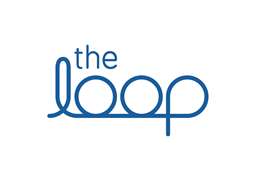
4) Creating a project team
A project team was put together from different areas of the business to ensure that as much information was captured to put on The Loop for its launch as possible. ‘Useful more than useable’ was the ethos when thinking of content to add.
Headed by myself, drafted in from my usual role of Recruitment Manager, and with Dave Jones and Georgia Webster of the Communications team in tow, discussions were held on the best way to roll out The Loop. Stagecoach London has nine bus garages and a head office with over 4,200 staff, so this was going to be challenging.
5) Refining the details
Discussions were held on how best to engage with our employees and also to give them access to The Loop. Obviously giving each driver a PC was not a possibility! Clearly one of the main selling points of the intranet was that it would be available on a whole range of personal mobile devices, but it was felt that we also needed to give staff access points at each of the sites. By selecting Apple iPads to achieve this we made a real statement of intent as to how the image and the means of communication within the business was changing.
As a result each garage was equipped with a number of conveniently sited fixed iPads running The Loop through a kiosk app. We also decided to have official ‘branding’ at each of our locations and ordered vinyl wallpaper to further enhance the area near the iPads. The prime target was to reach our 3,700 drivers in the initial phase of The Loop with content that was specifically aimed at them, whilst not excluding the rest of the workforce.
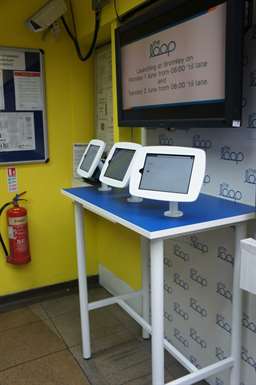
6) Building up to the launch
Prior to the launch events at garages we sent out three teaser posters across three weeks. The first poster was teasing the name with very little information, the second contained further details about The Loop and when it was arriving, and the final poster announcing The Loop’s arrival at a ‘location near you!’

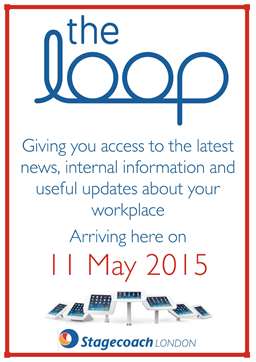

We also sent out invitations to all employees inviting them to the ‘launch party’. The invitations were attached to employee’s payslips two weeks before the garage launch so that we could ensure we attracted as many employees as possible on these dates.
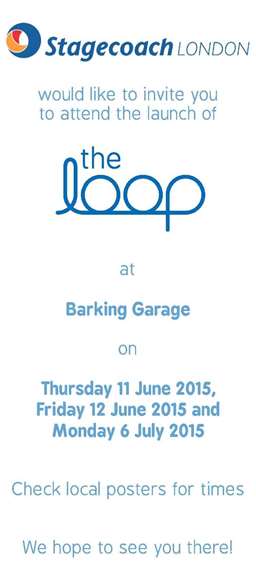
Over a three week period from the launch date of 1 June 2015, each garage was visited for two days at a time by newly created ‘Loop Gurus’, myself, Dave and Georgia in branded polo shirts, who demonstrated the various features and benefits to drivers, and also encouraged staff to sign up to The Loop.
As our drivers work early, late and night shifts, we were on site from 7am until 7pm each day to reach as many of them as possible.
7) Encouraging early adoption
To encourage people to come and see us we had promotional launch items, which were given away in branded party bags, including:
- lanyards, with information cards fixed to them
- leaflets explaining The Loop
- Loop keyrings
- Pens (drivers love a pen!)
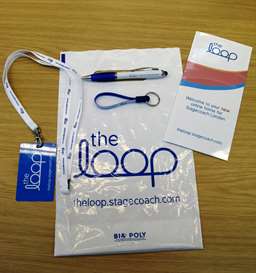
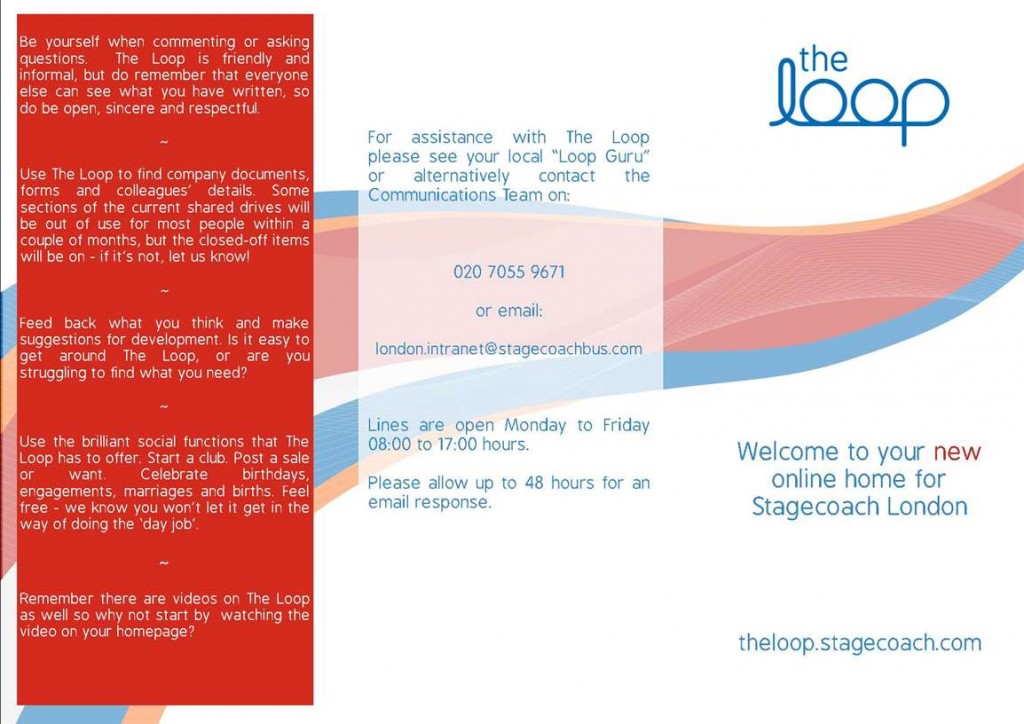
As another way of grabbing attention, we had branded cupcakes along with free tea and coffee for every employee. Tea is the life blood of any bus garage and the way to our staff hearts was definitely with a cake!

We encouraged as many employees as possible to have their profile photographs taken, and to assist with this we designed a branded roller banner which could be taken to each location.
8) Training intranet champions
At each garage we also trained nominated ‘Loop Gurus’ so they were equipped to carry on this good work by encouraging and helping to keep The Loop at the forefront of employees’ minds. A follow up day at each garage was arranged to mop up any staff that missed our visit the first time round.
9) Filling the communications gap
Our intranet now fills the communications void and allows all our staff, but particularly our customer facing staff, opportunities to access information, pass comment, question and discuss issues in a way not available before, and at a time and place that they wish to access it. The power of this medium to give up to date, relevant and transparent information and responses to questions is now steadily supplanting the traditional methods of communication, and the barrack-room lawyers holding court in the canteens are a dying breed.
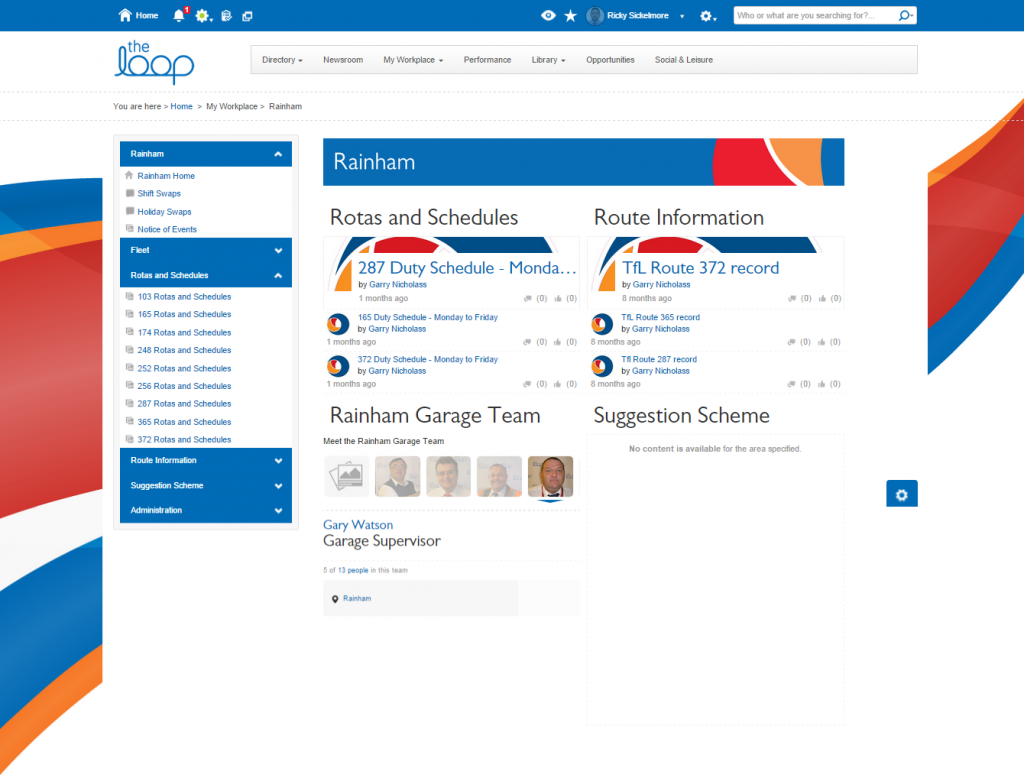
10) Reviewing the results
By the end of the initial cycle of visits we had just over 50% of employees signed on. Usage is increasing daily and we currently have 73% of our workforce signed on.
From a standing start, with no history of such systems, and with a demanding and hard-to-please audience, this was better than we had expected. As more and more features are added that help staff to do their job, we are confident this will continue to grow.
11) Enhancing our intranet future
A number of these enhancements are currently underway, including EcoDriver integration to allow our staff to see how safely, economically and environmentally they are driving. Plus a real-time link to the system used to allocate drivers work will enable drivers to check information on duties, and request shift and holiday swaps.
The next phase will be to launch The Loop to the engineering staff in the autumn and then use regular garage roadshows to pick up any remaining staff. The aim is to have 95% of staff online by the end of this year!
